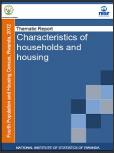RPHC4: Main Indicators Report
The 2002 Census collected a number of demographic and socio-economic characteristics and indicated a total population of 8,128,553 people. Following the United Nations Decennial Census Programme, the 2012 Census is the Fourth Rwanda Population and Housing Census (RPHC4)
RPHC4 Final Report: Data Quality Assessment
The work presented in this report represents an independent quality review conducted in parallel with the thematic analysis of the Fourth Rwanda Population and Housing Census (RPHC4). It covers the work done prior, during, and after enumeration to maximise the data quality.
RPHC4: Population Projections
The results from the population projections demonstrate evidence that in the next 20 years Rwandan population will be considerably different in terms of size, structure and composition than it is currently.
RPHC4: Post Enumeration Survey
The present report presents the results of the Post Enumeration Survey of the 2012 Population and Housing Census along with a description of the procedures and operations followed in undertaking the PES. Chapter One is devoted to the Survey Methodology, while Chapter Two deals with Evaluation of Census Coverage and Chapter three is designated to Evaluation of Census Content.
RPHC4 Thematic Report: Socio-Economic Status of Elderly People
This thematic report presents findings from the Fourth Rwanda Population and Housing Census (RPHC4)on the characteristics of the population aged 60.
RPHC4 Thematic Report: Socio-economic Status of Children
This report provides a profile of the size and structure of the child population, and examines its socio-demographic and socio-economic characteristics. It also explores the situation of particularly vulnerable groups of children, including orphans and child-headed households.
RPHC4 Thematic Report: Socio-economic Characteristics of Persons with Disabilities
This thematic report presents the findings from the Fourth Rwanda Population and Housing Census (RPHC4) on the characteristics of persons with disabilities under the following three broad headings: (i) the number, prevalence, types, and causes of disability; (ii) the demographic, social and economic characteristics of persons with disabilities; and (iii) the characteristics of household heads with disabilities and the living standards of their households.
RPHC4 Thematic Report: Socio-cultural Characteristics of the Population
RPHC4 Thematic Report: Measurement and Mapping of Non-Monetary Poverty
At national level, 1,050,135 people are found to be severely poor and 2,818,321 moderately poor, so the total number of poor people is 3,868,456. Within the population with sufficient available data this represents 37%.
RPHC4 Thematic Report: Characteristics of Households and Housing
This report focuses on two interlinked topics. On the one hand, it looks at households’ characteristics and, on the other hand, at the characteristics of the households they live in. The report is organised into 10 main chapters, the first two of which provide the reader with an overview of the Census process and the context leading up to the analysis of the Census data and the production of the report. Chapters 3 through 6 review the characteristics of Rwandan households and chapters 7 through 10 review the characteristics of households.

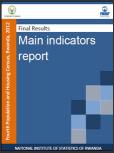
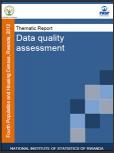
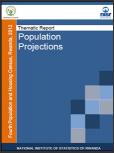
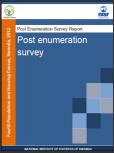

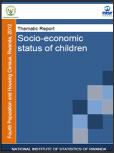
![[title]](https://statistics.gov.rw/sites/default/files/styles/pub_small_112x150_/public/publications/15e3284c-3669-4415-9407-4e68e756e084/disabilities.jpg?itok=ufKxOgFM)
![[title]](https://statistics.gov.rw/sites/default/files/styles/pub_small_112x150_/public/publications/44f8488f-93f8-4cc6-854b-85cdc01467de/socio_cult_char_pop.jpg?itok=FLLUnS-y)
![[title]](https://statistics.gov.rw/sites/default/files/styles/pub_small_112x150_/public/publications/dbbad719-7b6a-41ec-919e-63cb1b8c6707/measurement_mapping.jpg?itok=yFNQEPQw)
